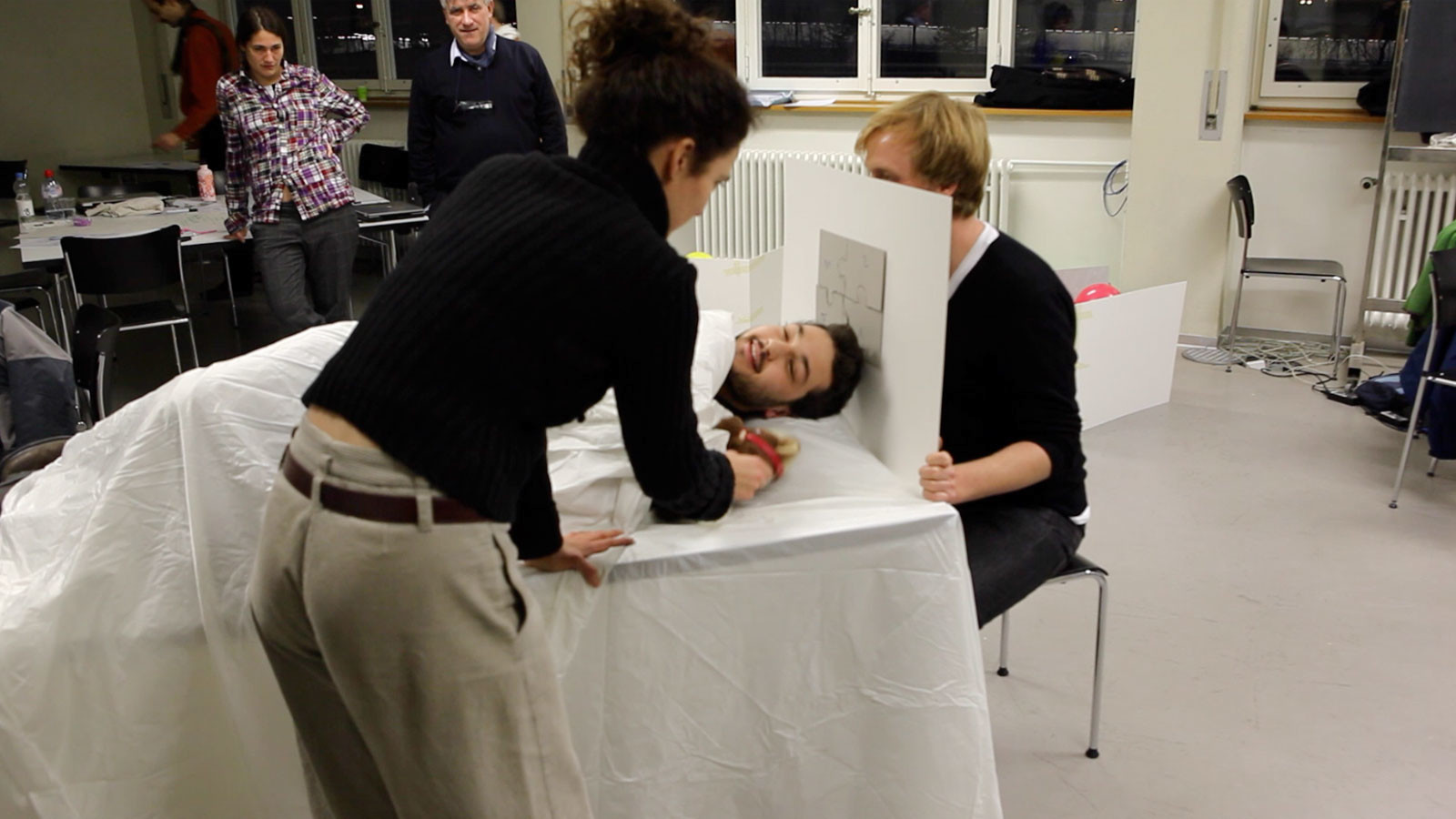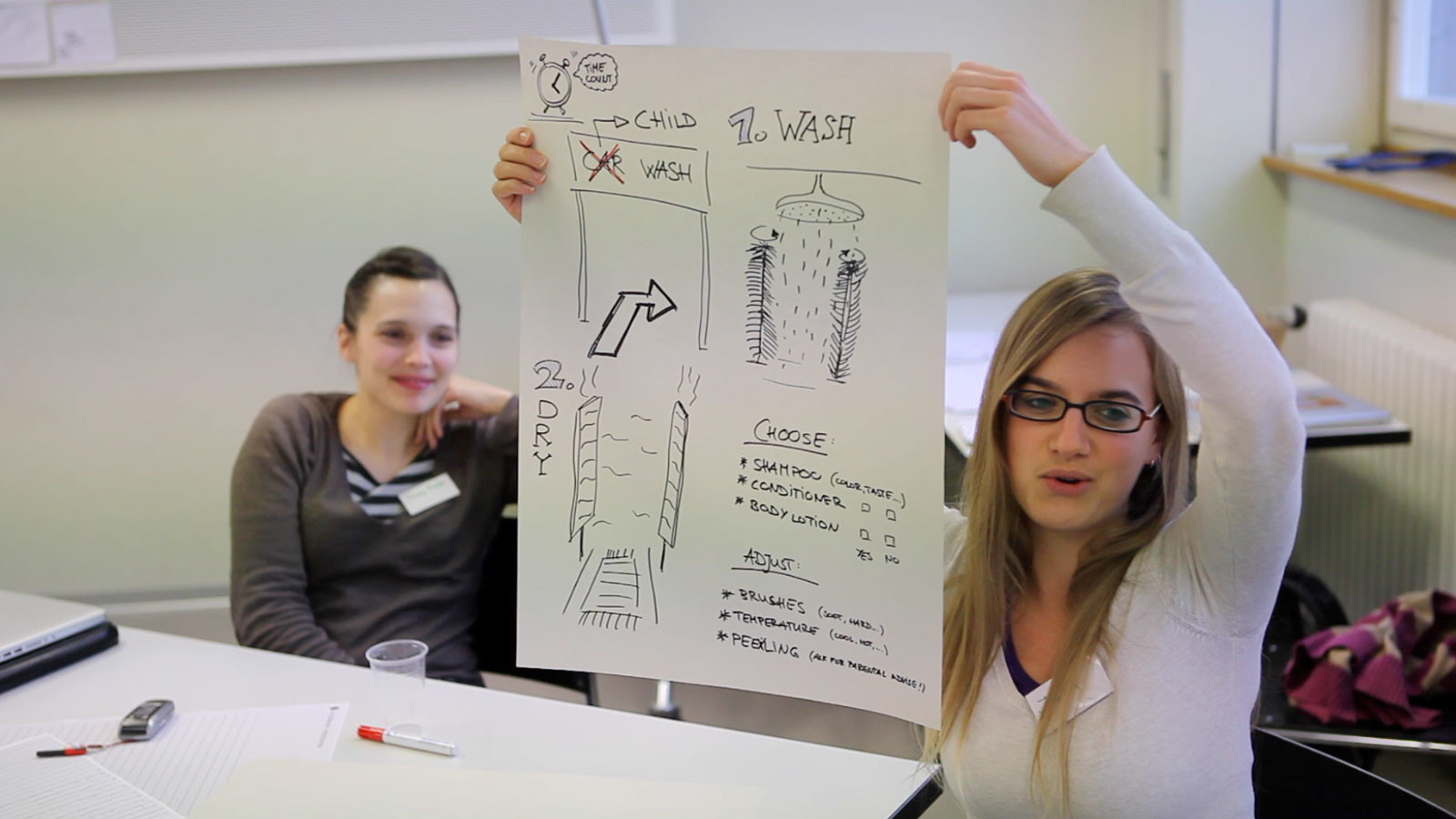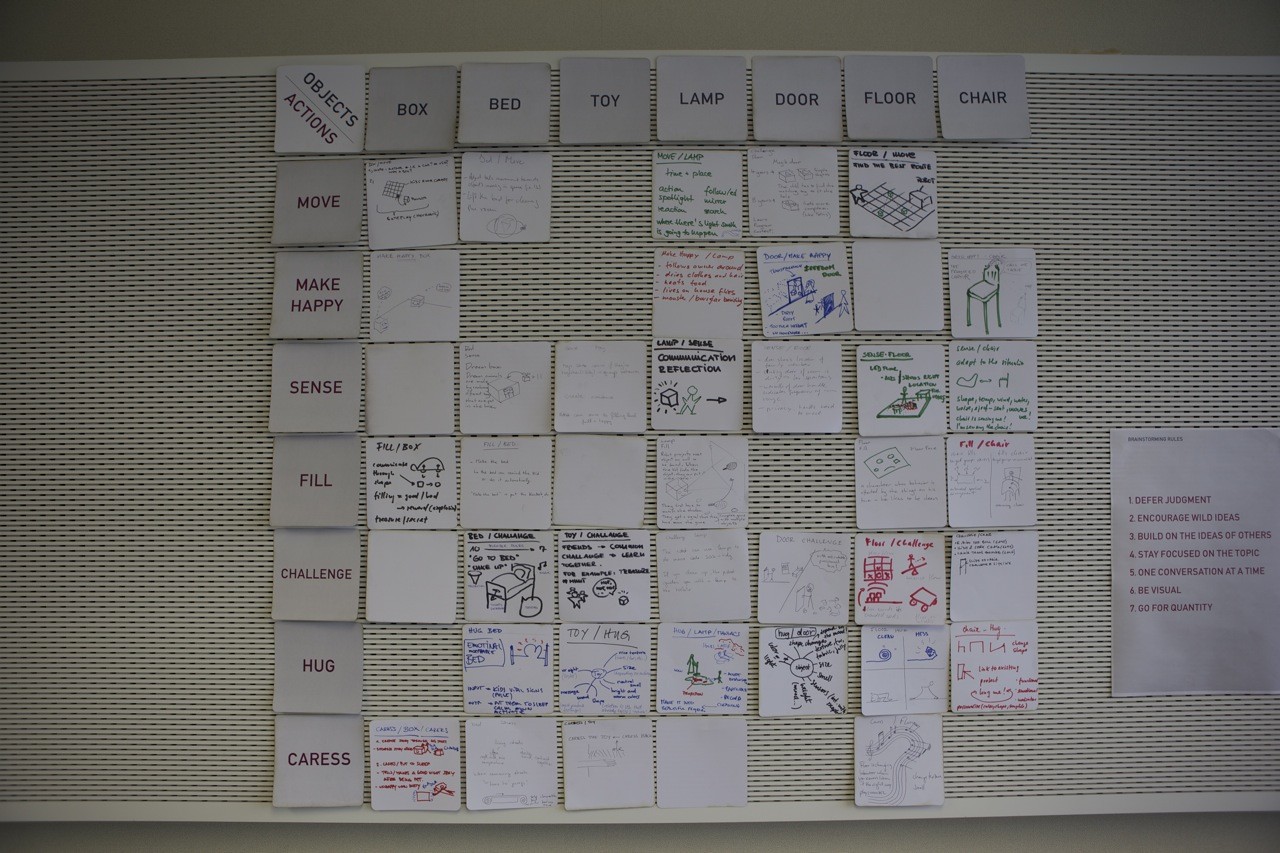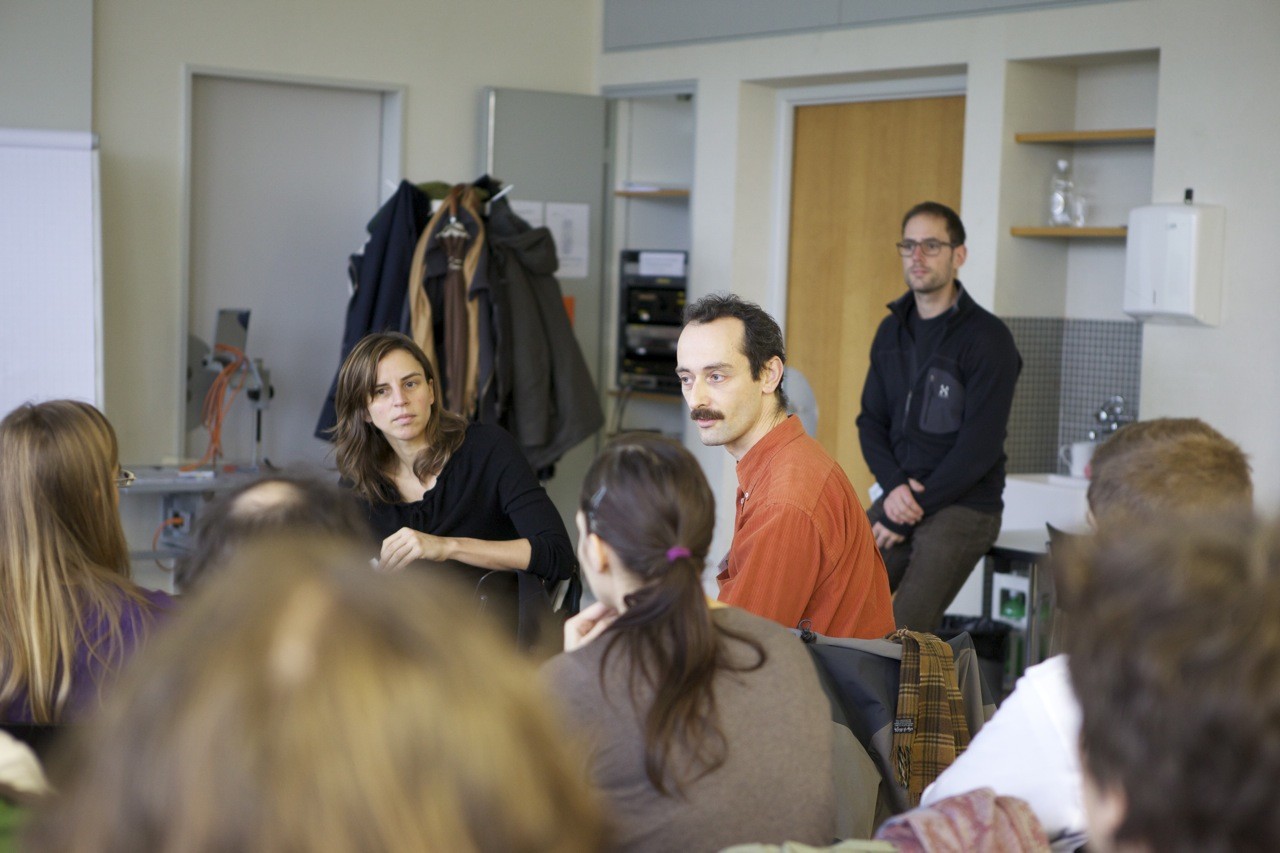Robjects for Children
Robotics is not progressing as expected and is not entering in our households as quickly as some would have planned. Moreover most of the scenarios shown in research seem not realistic: humanoid robots in the kitchen or large devices moving around and acting with arms in a environment made for humans are not realistic both in term of acceptance by the users and because of the complexity of the tasks in respect to the existing technology and its cost. On the other side robotic technologies are entering in our daily life in a pervasive way: cars parking themselves, vacuum cleaners, automatic metros etc. How would it be if we extrapolate this trend bringing robotics in many everyday objects? How would our houses look in 20 years if this trend is confirmed? And how could we make robots compatible with other requirements of our society, such as ecology and social responsibility?
Project Lead: Karmen Franinović
Researcher: Florian Wille
Funding: Swiss National Center of Competence in Research in Robotics
Publications:
F. Mondada, J. Fink, S. Lemaignan, D. Mansolino, F. Wille and K. Franinović, Ranger, An Example of Integration of Robotics into the Home Ecosystem, in New Trends in Medical and Service Robots, Springer, 2015. pp. 181-190 http://link.springer.com/chapter/10.1007/978-3-319-23832-6_15
J. Fink, P. Dillenbourg, Ph. Rétornaz, F. Vaussard, A. Berthoud, F. Mondada, F. Wille and K. Franinović. Which robot behavior can motivate children to tidy up their toys?: design and evaluation of Ranger, HRI'14: Proceedings of the 2014 ACM/IEEE International Conference on Human-Robot Interaction.




